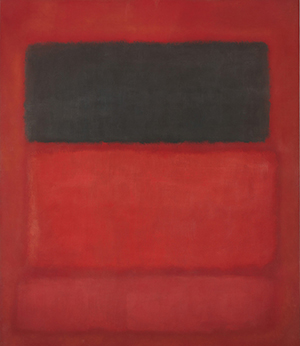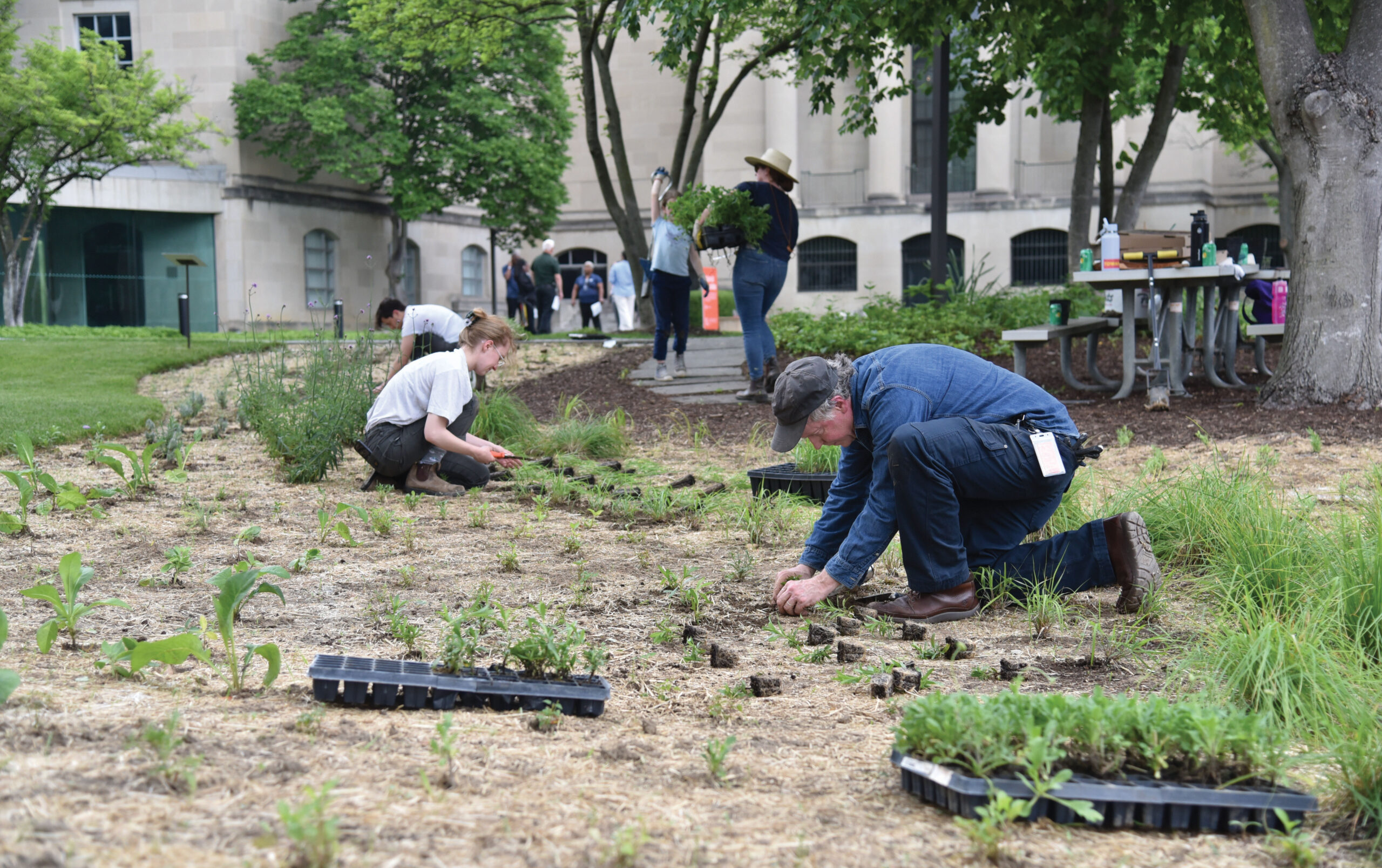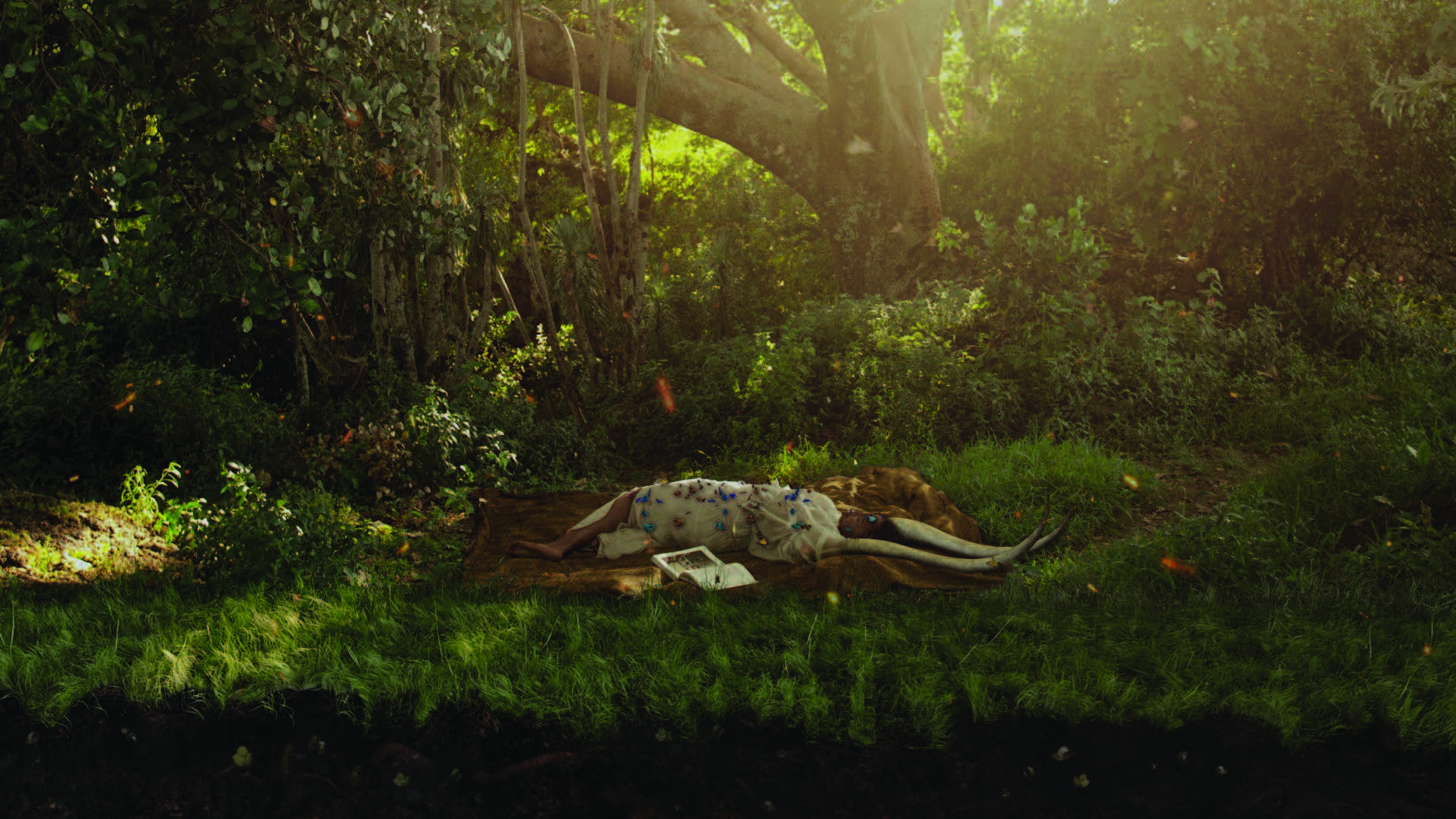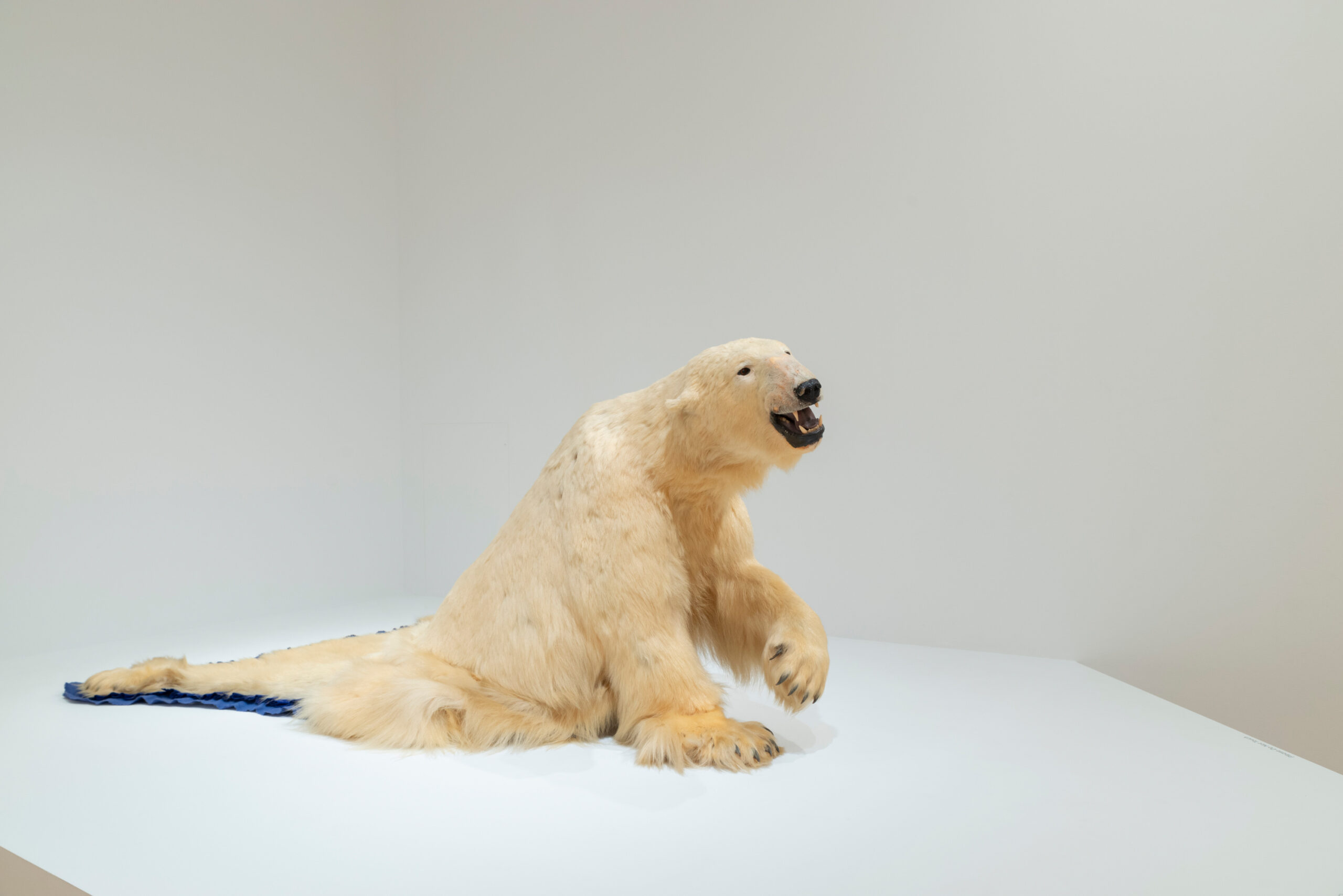
Meditation is a process of fully experiencing the present moment that generally uses the breath—or, more specifically, the sensations of the breath—as a focal point.
For centuries, people have used visual aids during meditation to help them enter contemplative states. The process of slowly and closely examining a work of art, especially an abstract work that the mind often can’t immediately categorize, can yield meaning or serve as a meditative experience in and of itself.
During this guided meditation, we’ll focus our gaze on Mark Rothko’s Black over Reds. Before beginning, take a seated position and be sure you have a clear view of the work.
//Transcript//
I invite you to first adjust your posture so that you are comfortable. Find a position that works for you, knowing that you can always move to find more comfort whenever you need. Allow your head to gently float at the top of your spine and allow your hips, legs, and feet to relax against the support of the seat and the floor, sitting upright, relaxed, and rooted.
Take three deep, slow breaths, in through the nose, and out through the mouth. Allow the breath to gently fill your lungs, then slowly release it. Note the wave-like motion of the chest as you take these deep, intentional breaths. Note the feel and temperature of the air on the inhale and the release.
Allow your breath to return to its natural rhythm. As you settle in, begin to notice any sounds around you—whether nearby or distant. Note the quality of the sounds. Are they loud or soft? Sudden or continuous? Allow your mind to note the coming and going of sounds in your environment throughout the practice.
Note how your physical body feels in this moment. Perhaps you may notice your facial muscles relaxing. Perhaps you may notice your shoulders gently dropping away from your ears as they succumb to gravity and release. Keep a light awareness of your physical body throughout the practice.
Now take in the artwork in front of you. Allow yourself time to be present with the work in its entirety as you continue to stay centered with the breath. Observe how your body and mind feel in presence of the artwork. What are the sensations you notice? What are the emotions or thoughts that arise? Continue to breathe as you note these sensations.
Where do you notice your eye going in the painting? As you explore the painting, allow your eyes to move gently, slowly, and mindfully around the artwork. Take your time.
What are some initial associations you have with the visual elements in the painting? What do those elements look like to you? What do they not look like? Is your initial response positive, negative, or neutral? As you breathe and continue to look, gently observe those thoughts and emotions.
What attracts your attention the most? What are the sensations of the physical body as you examine the area that you find most compelling? What are the emotions or thoughts that are arising? As you continue to explore this area, what more are you noticing? Allow the cycle of the breath to ground you during this process.
Perhaps you have noticed the colors in the artwork. What are the different colors you see? Are the colors dark or light or is there a combination? Are the colors rich and deep or thin and transparent? Warm or cool? What variations in color do you notice? What are all the subtleties of each area of color?
How do the colors interact? What is the effect of the color interactions? As you stay present with the breath, notice any physical sensations, thoughts, and emotions that arise in response to the qualities of the color. What are the associations you have with the colors you see? At the same time that you are engaged at internal reflection, I invite you to sustain a gentle attention to the visual qualities of the painting, holding those two states at once, grounded in the breath.
Are there any discernable textures you notice? Is the texture uniform across the canvas, or are there variations? What sensations do you notice in your body and mind as you observe these textures?
What shapes are you seeing? What is the size and color of the shapes? Notice the edge of the shapes. Are they hard or soft edges? How do the shapes interact with each other? What is the effect of that interaction? Continue breathing rhythmically and allow the breath to help keep you present as you look closely at the painting.
What spatial qualities can you discern? Are the shapes receding or advancing? Do you see movement in the painting? If so, what does that look like? Do you see stillness? If so, what does that look like? Observe the sensations in the physical body and the mind as you consider these visual qualities.
Are there any discernable lines in the painting? Are they thick or thin? Straight or curved? Are they horizontal or vertical? Are there lines that intersect? How do they relate to the rest of the composition?
What else do you notice about the painting? What observations have been most surprising for you in this process? Are there things you are seeing differently than when you first looked at the artwork?
As we bring this brief meditation to a close check in with your state of mind—what emotions and thoughts are you observing? Check in with your physical body. How does it feel? What are the sensations you’re noticing? Check in with your breath—what are you noticing about the cycle of your breath in this moment.
Take a slow, deep breath, in through the nose and out through the mouth. Bring some small movements to your fingers and toes, moving the neck and shoulders gently if that feels good. Take a moment to just be, integrating the experience with the artwork, then mindfully continue with your day.




